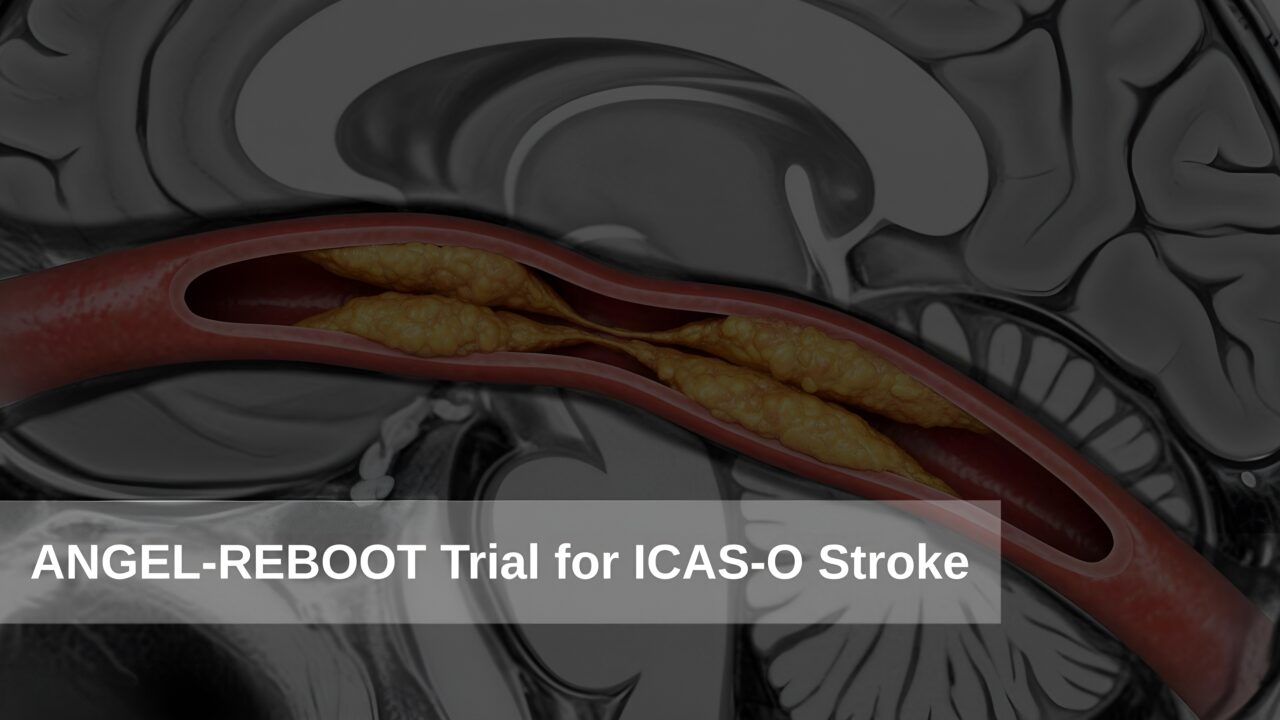
3 Valuable Takeaways from the ANGEL-REBOOT Trial for ICAS-O Stroke
Stroke AHA/ASA Journal posted on X:
”In the secondary analysis of the ANGEL-REBOOT trial, longer puncture-to-recanalization time was associated with an increased risk of early reocclusion, while general anesthesia and eTICI 2c-3 were associated with a reduced risk of early reocclusion.”
Read the full article here.
ANGEL-REBOOT trial yields important clinical facts!
The findings were published in the research article ”Factors Associated With Early Reocclusion in Recanalized Intracranial Atherosclerotic Occlusion: ANGEL-REBOOT Insights” in Stroke, with following conclusions:
- In patients with intracranial atherosclerotic occlusion (ICAS-O) stroke, early reocclusion after successful mechanical thrombectomy is linked to poor outcomes.
- A post hoc analysis from a multicenter trial identified that longer puncture-to-recanalization time increases the risk of early reocclusion within 24 hours.
- Conversely, general anesthesia and achieving a postprocedural eTICI score of 2c-3 were associated with a lower risk.
These findings offer valuable insights for optimizing procedural strategies to improve outcomes in ICAS-O stroke.

Hemostasis Today, your daily update on the latest scientific advancements on the field of stroke management.
-
Jan 11, 2026, 11:00Benjamin YQ Tan on Impacts of Early Cognitive and Psychological Statuses Post-Stroke
-
Jan 11, 2026, 10:46Salvador Payán Pernía: Leukodepletion Reduces Microplastic Burden in Red Blood Cell Concentrates
-
Jan 11, 2026, 10:36Mariasanta Napolitano on Pregnancy and Delivery Outcomes in Women with Hemophilia
-
Jan 11, 2026, 10:19Quick Explanation of Types of Blood Transfusion from John Amako
-
Jan 11, 2026, 06:18Filippo Cademartiri on Why Vascular Health Is Cognitive Health
-
Jan 11, 2026, 06:01Maira Dastgir N on Cannabis-Induced Ischemic Stroke
-
Jan 11, 2026, 05:51Nishant K Mishra on Preventing Post-Stroke Seizures
-
Jan 11, 2026, 05:41Indunil Karunarathna on CSF Xanthochromia in SAH
-
Jan 11, 2026, 05:22Mitchell Elkind on The New York Times Brain Health Challenge: Food Is Brain Medicine!
